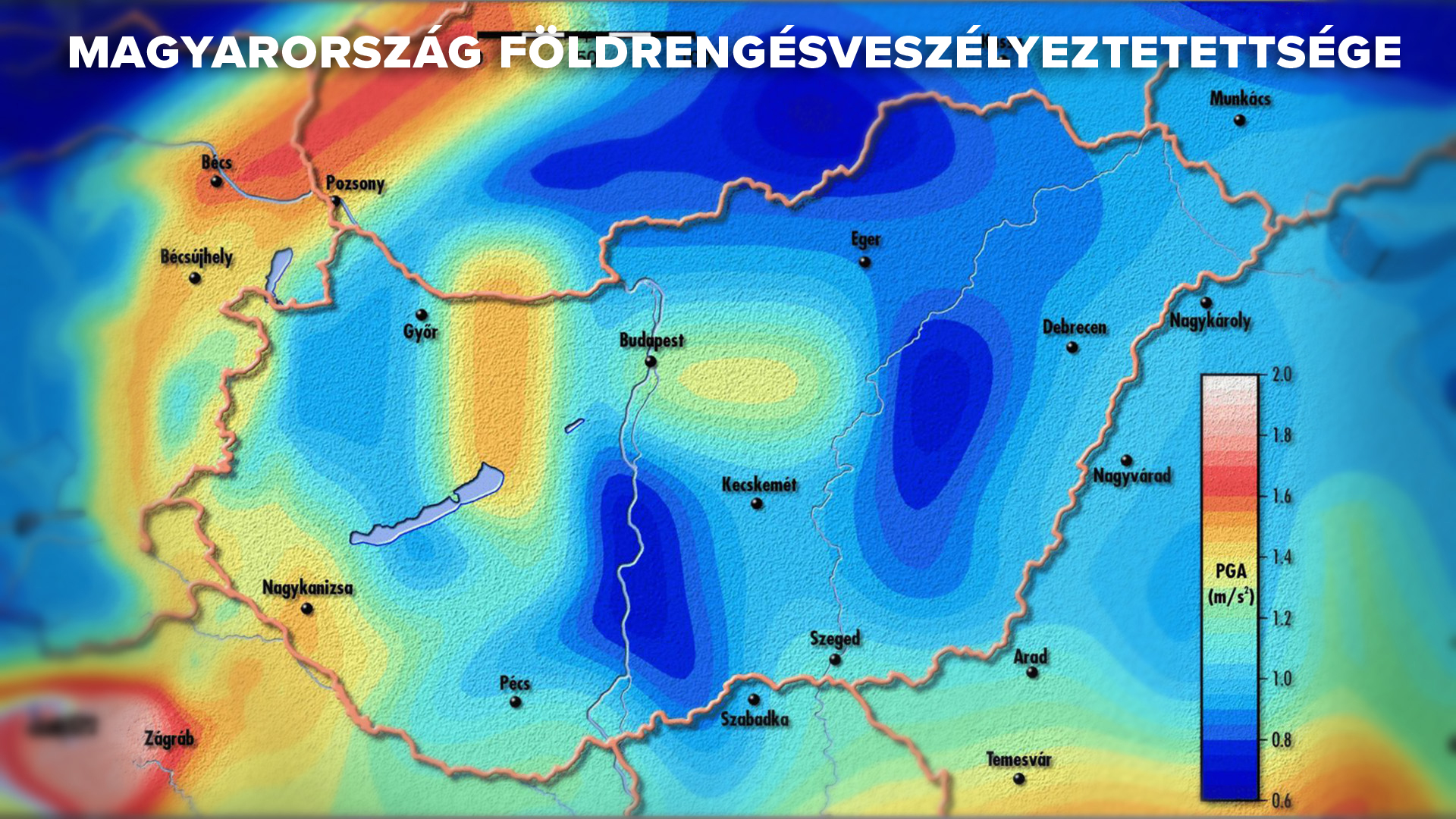Statistics Reveal When a Significant Earthquake Might Hit Hungary
The last time an earthquake exceeding five on the Richter scale struck Hungary was in 1956, in Dunaharaszti. According to seismologist Dániel Kalmár, such earthquakes can occur every 50 to 70 years in Hungary, but predicting the exact date is impossible. However, it is possible to be prepared.

The Sashegy data centre currently receives online data from 47 monitoring stations. Fifteen of these belong to Hungary's permanent seismological network, while an additional 32 temporary stations monitor tectonic plate movements as part of the AdriaArray programme. The aim of this project is to gain a better understanding of the geophysical and geological characteristics of the earthquake-prone Balkan Peninsula. With this extensive sensor network, it is now possible to detect not only earthquakes felt by the population but also smaller events with magnitudes as low as 1.5 to 2.
"All the stations send data to the centre immediately, allowing us to assess the strength of the quakes in a very short time. This enables us to quickly alert disaster management if more serious action is needed. The data collected from public questionnaires is also important as it helps us determine the intensity value. This subjective measure indicates the 'destructive' impact of the quake on the immediate human environment. It differs from the magnitude, which represents the energy released during the event and is measured by instruments. It’s worth noting that a magnitude 2 earthquake is not merely twice as strong as a magnitude 1 quake, but 33 times stronger," explains Dániel Kalmár, clarifying terms that are often confused in the media.
Why is there a need for so many monitoring stations? On the one hand, insurers base their indemnity payments on the assessed maximum intensity. On the other hand, Hungary is located in a moderately active zone: the level of earthquake risk represents a transition between the seismically active Mediterranean region and the tectonically stable East European Platform.
Many still remember the 1985 earthquake, which had an epicentre in Berhida, a magnitude of 4.9, and a maximum intensity of 7, causing damage to numerous buildings. According to the seismologist, comparable earthquakes occurred in Oroszlány in 2011, Tenk in 2013, and last summer’s quake near Szarvas also approached this magnitude. The difference is that the Berhida earthquake struck very close to the surface, resulting in greater damage. Earthquakes of similar magnitude to the Berhida event occur in Hungary roughly every 5 to 10 years, while events comparable to the 1956 Dunaharaszti earthquake, which had a magnitude of 5.6 and claimed two lives, are expected every 50 to 70 years. Based on this, one could argue that Hungary is due for a larger tremor, though predicting the exact timing is impossible. In Hungary, most earthquakes occur along the Komárom-Oroszlány-Berhida line, as well as in the Érmellék region along the eastern border and around Eger.
An important question is what to do during an earthquake. If you’re indoors, take cover under a table, bed, or door frame. Moving to a corner of the room may also help avoid falling objects or plaster. If you’re outdoors, move away from buildings to a distance at least equal to their height. This greatly reduces the risk of injury from falling debris or roof tiles.

